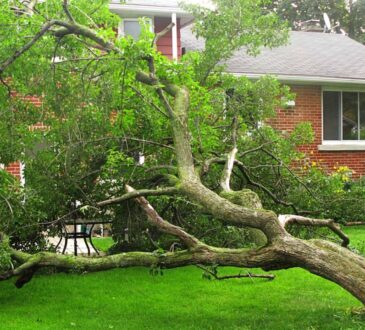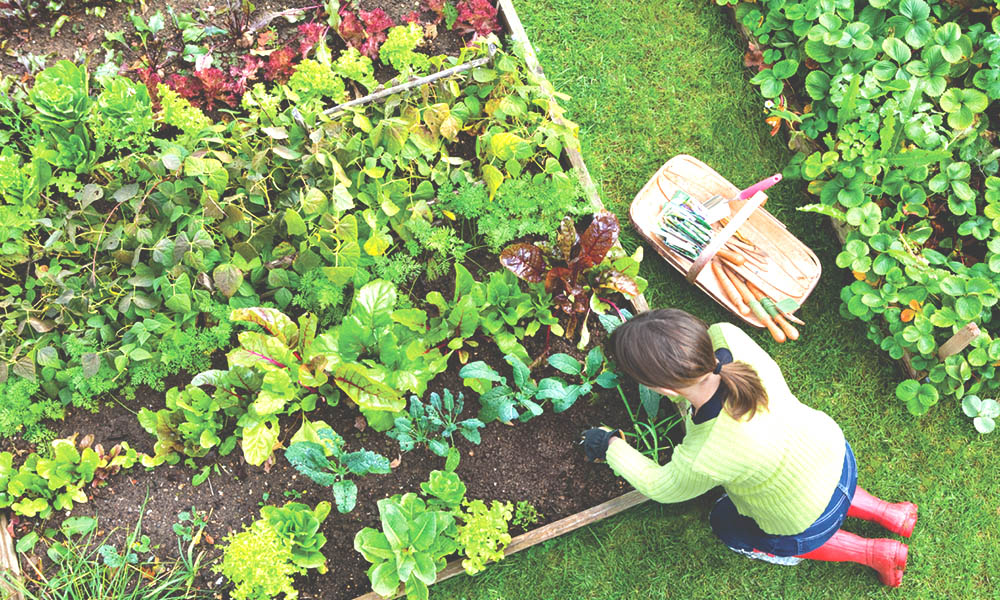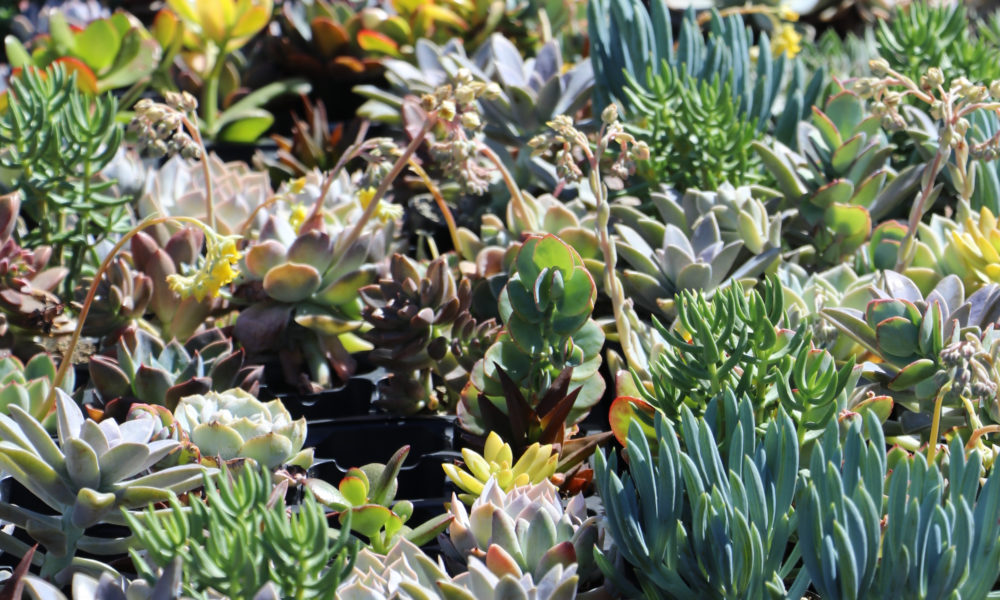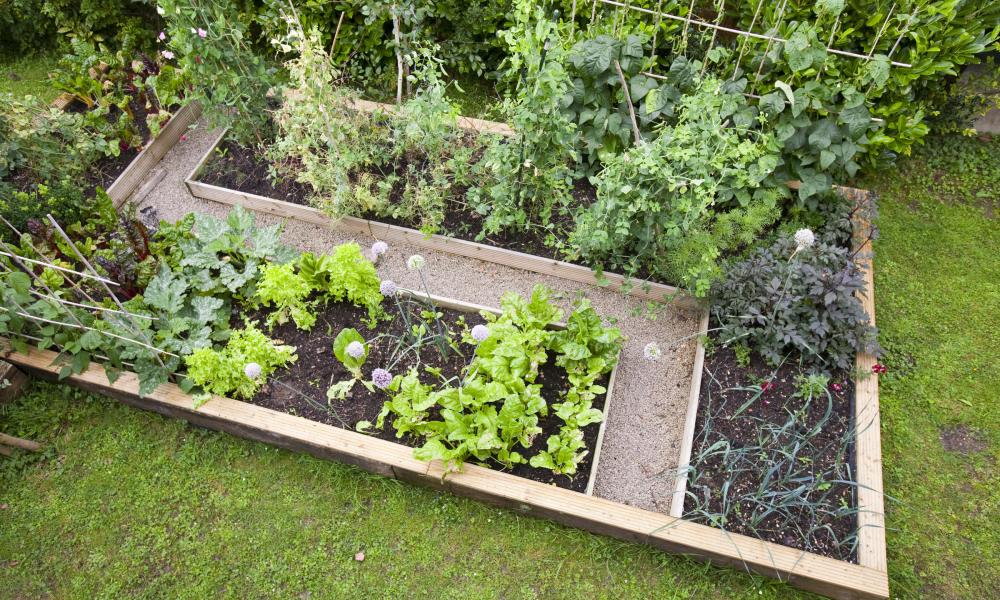
Introduction
Gardening for wildlife attraction is a wonderful way to create a harmonious environment that supports the natural ecosystem. By incorporating specific plants, providing suitable habitats, and implementing wildlife-friendly practices, you can transform your garden into a haven for various species. This article will guide you on how to create an inviting space for wildlife in your own backyard.
Plant Selection
Choosing the right plants is crucial for attracting wildlife to your garden. Native plants are excellent options as they provide local wildlife with food and shelter. Consider planting flowering plants such as coneflowers, sunflowers, and lavender to attract pollinators like bees and butterflies. Trees and shrubs like oak, birch, and holly offer nesting sites for birds and provide cover for small mammals.
Water Sources
Water is essential for wildlife, so incorporating a water source is vital. A small pond or birdbath can attract birds, insects, and amphibians. Ensure the water is clean and fresh, and if possible, add floating plants or rocks to provide resting spots for creatures. Remember to regularly clean and refill the water source to maintain its attractiveness.
Shelter and Nesting
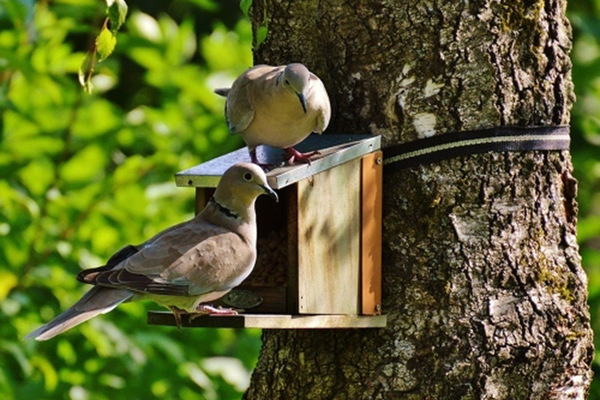
Creating suitable habitats for wildlife is crucial for their survival. Install birdhouses, bat boxes, and insect hotels to provide shelter and nesting opportunities. Different species have specific requirements, so research their preferences and position the habitats accordingly. Additionally, leave some areas of your garden wild and untamed to provide natural shelter and hiding places for animals.
Food Sources
Offering a variety of food sources will attract different wildlife species. Planting fruit-bearing trees like apple or cherry can entice birds, while leaving seed-producing flowers like sunflowers can attract finches and sparrows. Consider adding a bird feeder filled with seeds or nuts to provide supplementary food during lean seasons. Avoid using pesticides, as they can harm the very creatures you are trying to attract.
Wildlife-Friendly Practices
Implementing wildlife-friendly practices in your garden can further enhance its appeal. Avoid using chemicals and opt for organic fertilizers and natural pest control methods. Allow fallen leaves and garden debris to remain in certain areas to provide shelter and food sources for insects. Minimize outdoor lighting to avoid disrupting nocturnal creatures and their natural behaviors.
Gardening for wildlife attraction not only benefits the environment but also allows you to witness the beauty of nature up close. By carefully selecting plants, providing water sources, creating suitable habitats, and incorporating wildlife-friendly practices, you can transform your garden into a thriving ecosystem that supports a wide range of species. Start implementing these tips today, and enjoy the wonders of wildlife right in your own backyard.

